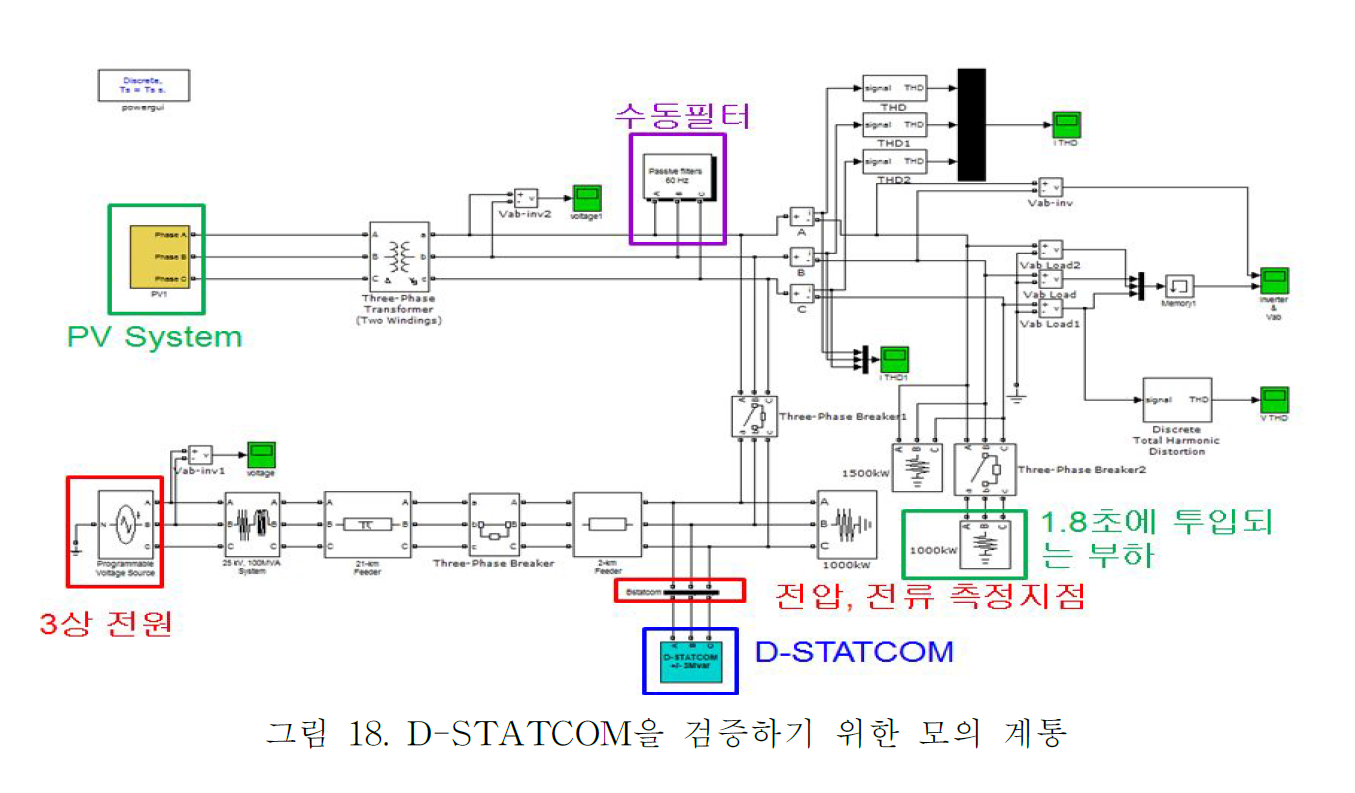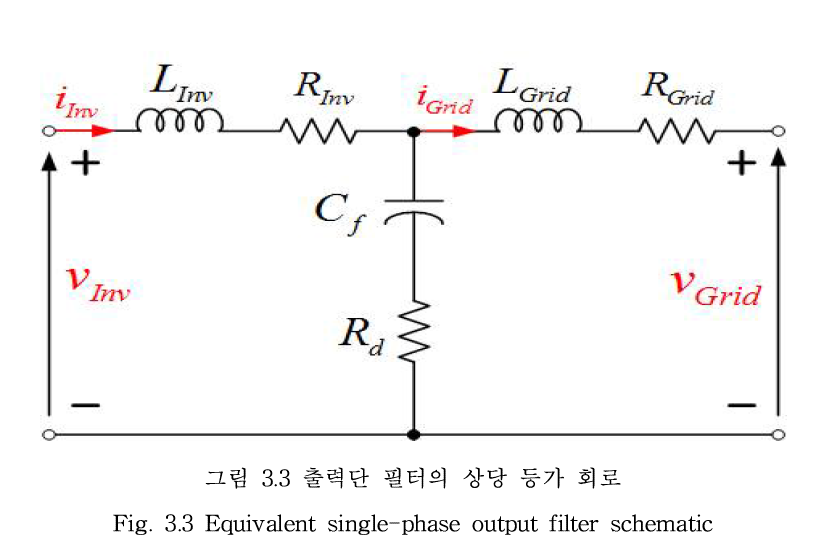domingo, 8 de junho de 2014
Operation Analysis of Bipolar Low-Voltage DC distribution system based on Distributed Generation
Operation Analysis of Bipolar Low-Voltage DC distribution system based on Distributed Generation Han, Tae Hee
Department of Electrical Engineering Graduate School, Myongji University
Supervised by Prof. Byung Moon Han
The DC distribution has higher efficiency than the AC distribution because it easily controls the power flow in the distributed generators, DC load, and battery storage using single power conversion. However, the DC distribution is not easy to block the fault current and it does not have specific standards compared with the AC distribution, which should be prepared through a lot of technical efforts. The DC distribution is divided into unipolar type and bipolar type. The unipolar type has a positive terminal and a negative terminal, while the bipolar type has a positive terminal, a negative terminal, and the ground terminal. Although the structure of unipolar type is simple, the reliability against fault is rather low. On the other hand, the bipolar type has higher transmission capacity and lower rated voltage of the converter, which secures the cost effectiveness. Also it is possible to form a neutral point with advantages of high reliability and stability. In this thesis, many problems that can occur from the operation of bipolar DC distribution in connection with the AC/DC interconnection operation were analyzed. The energy management method for the AC/DC power trade and the operational principle of distributed generator and energy storage were analyzed. In order to analyze the operation and performance of unipolar distribution system, a 3kW-class hardware simulator was built, which is composed of the grid-tied three-level inverter, battery storage, super capacitors, and the voltage balancer. Also the various analysis results through experiments with hardware simulator were described by a variety tests of produces hardware are described.
THESIS LINK
http://www.mediafire.com/view/iyq0ziqvjxq269y/Operation_Analysis_of_Bipolar_Low-Voltage_DC_distribution_system_based_on_Distributed_Generation-2014.pdf
Analysis of PWM Inverter Characteristics for High-Speed Train Drive System
Analysis of PWM Inverter Characteristics for High-Speed Train Drive System
AUTHOR SOON HWAN KWON
MAJOR IN ELECTRICAL ENERGY AND NEW TECHNOLOGY ENG.
DEPT. OF ELECTRONICS AND ELECTRIC ENG.
THE GRADUATE SCHOOL CHUNG-ANG UNIVERSITY
( Abstract )
Interior permanent magnet synchronous motor is in the limelight as traction motor because it has advantages of miniaturization, reducing weight, and saving on maintenance costs. Because high-speed trains are large capacity loads, it is necessary to establish the design and development of inverter topology for driving IPMSM. NPC 3-level inverter has a high voltage rating and low harmonic, and can implement large capacity power conversion system. Also, it is easy to miniaturize and reduce weight because it does not need additional capacitors in comparison with other multilevel inverter topology. In this study, speed control of the IPMSM drives for the next generation domestic high-speed train system using 2-level inverter and NPC 3-level inverter is presented. Simulators of the system are implemented and simulations are performed. Finally, the designed systems are verified by comparison between simulations and experiments.
LINK THESIS
https://www.mediafire.com/?mopph11g5iju1bj
A PWM control strategy for low-speed operation of three-level NPC inverter Department of Electrical and Computer Engineering Graduate School, Pusan National University
Jun-Hyung Jung
Department of Electrical and Computer Engineering Graduate School, Pusan National University Abstract
This paper proposes the pulse with modulation (PWM) control strategy for low- speed operation in the three-level neutral-point-clamped (NPC)inverters based onthe bootstrap gate drive circuit
FULL THESIS
https://www.mediafire.com/?4qfn7i7ell3f8uf
sábado, 7 de junho de 2014
Back-to-Back NPC Switching Technique to Reduce Power Loss of Back-to-Back NPC System for Offshore Wind Farm 2013
Switching Technique to Reduce Power Loss of Back-to-Back NPC System for Off shore Wind Farm HongSeok-Jin
Mechatronics Engineering Cooperation Course Sungkyunkwan University
ABSTRACT
In this paper,3-LevelNPC is applied as Back-to-Back foroffshore wind farm topology using PMSG.In caseofapplying 3-LevelNPC,each switch can withstand higher voltage than existing 2-Levelinverter,but overallloss of power converters is dramatically increased because amount of switching elemenT is increased.Thus,new switching method issuggested for 3-LevelNPC VSC If suggested method is applied,loss in NPC is minimized.
FULL THESIS
https://www.mediafire.com/?9fyma5k7jvdg4gl
ZVT Resonant Boost Converter with New Auxiliary Circuit Kim Mo Se Dept. of Mechatronics Engineering Sungkyunkwan University 2013
ABSTRACT
Switch mode power supplies have become smaller and lighter due to higher switching frequency. However, higher switching frequency causes lots of periodic losses at switch turn-ON and turn-OFF,resulting in increasing losses of the whole system.Therefore,many converters have been presented that use resonance circuit to reduces witching losses. In this paper,A new zero voltage transition resonant boost converter is proposed.The conventional boost converter generates switching losses at turn ON and OFF,and this causesa reduction in the whole system’sefficiency.The proposed ZVT resonant boost converter utilizes a method using an auxiliary circuit with a resonant inductor,capacitor and two auxiliary switch. Therefore the proposed zero voltage transition n resonant boost converter reduces switching losses more than the conventional hard switching converter. Also,the experimentis conducted with the 4[kW],30[kHz]converter which steps up the voltage from 200[V]to 400[V].It is confirmed that the result of the experimentand that of the simulation are same,and the validity of the converter is verified.
FULL THESIS
https://www.mediafire.com/?m14iamz6pzj6kj7
sexta-feira, 6 de junho de 2014
The integrated Operation and Design of the DC Distribution Systems combined Wind Turbine and Photovoltaic Power Systems-ANPC BACK TO BACK CONVERTER
The integrated Operation and Design of the DC
Distribution Systems combined Wind Turbin and
Photovoltaic Power Systems
Shin,Soo Cheol
Department of Electrical and
Computer Engineering
Sungkyunkwan University
FULL PAPER
https://www.mediafire.com/?mf2v9343a99mro1
Distribution Systems combined Wind Turbin and
Photovoltaic Power Systems
Shin,Soo Cheol
Department of Electrical and
Computer Engineering
Sungkyunkwan University
FULL PAPER
https://www.mediafire.com/?mf2v9343a99mro1
A Study on the Analysis and Improvement of Power Quality Using Real-time Simulator in Distribution System with Distributed Generation AnHeeJin Interdisciplinary Program in Photovoltaic System Engineering The Graduate School of Sungkyunkwan University
ABSTRACT
The distributed generation has been increased significantly.However,there
are some problems caused by distributed generation such as reverse power flow,
voltage fluctuation and harmonics when it is connected to the distribution
system.Also,we observed the voltage fluctuation in the distribution system
with distributed generation.This paper analyzes the voltage fluctuation according
to the output fluctuation of distributed generation and presents a study on
D-STATCOM which is a shuntdevice used to compensate powerquality on
distribution lines using real-time simulator.The modeling ofthe distribution
system with distributed generation is modeled by using SIMULINK software.
FULL THESIS
LINK1
ftp://dcollection.skku.edu/dcoll/data/service/000000038/000000038744.pdf
The distributed generation has been increased significantly.However,there
are some problems caused by distributed generation such as reverse power flow,
voltage fluctuation and harmonics when it is connected to the distribution
system.Also,we observed the voltage fluctuation in the distribution system
with distributed generation.This paper analyzes the voltage fluctuation according
to the output fluctuation of distributed generation and presents a study on
D-STATCOM which is a shuntdevice used to compensate powerquality on
distribution lines using real-time simulator.The modeling ofthe distribution
system with distributed generation is modeled by using SIMULINK software.
FULL THESIS
LINK1
ftp://dcollection.skku.edu/dcoll/data/service/000000038/000000038744.pdf
Output Filter Design of Grid-Connected Inverter for High Power Offshore Wind Power System
Output Filter Design of Grid-Connected Inverter for High Power Offshore Wind Power System
The output filter design for high power grid-connected inverter of offshore wind-turbine has many limitations such as low switching frequency, allowable DC-voltage, and the component volume and weight. In addition, the injected harmonic current into the grid is constrained by various grid connection requirements. This paper compared and weighed with several harmonic regulations and suggested the optimal design procedure of the output filter compliance with the grid code using spectrum analysis of inverter output voltage that contains harmonics. In this paper, the output filter of grid connected inverter for 7MVA offshore wind power system is designed to meet the BDEW harmonic currents limits and the IEEE 519-1992 requirements. The performance of the designed output filter is validated by extensive simulations using Matlab/Simulink.
FULL THESIS
https://www.mediafire.com/?z4tizq8in557vih
quarta-feira, 4 de junho de 2014
PWM RECTIFIER WITH ACTIVE FILTERING PHD THESIS M.SC. MARIUSZ CICHOWLAS WARSAW UNIVERSITY OF TECHNOLOGY
WARSAW UNIVERSITY OF TECHNOLOGY
FACULTY OF ELECTRICAL ENGINEERING
INSTITUTE OF CONTROL AND INDUSTRIAL ELECTRONICS
PHD. THESIS
M.SC. MARIUSZ CICHOWLAS
PWM RECTIFIER WITH ACTIVE FILTERING
FULL THESIS HERE:
http://www.isep.pw.edu.pl/icg/pdf/phd/mariusz_cichowlas.pdf
Assinar:
Postagens (Atom)






























































 JOSIL ARTISTA PLASTICO FORTALEZA CEARA BRASIL AV.HERACLITO GRAÇA 41 TEL(85)32542378
JOSIL ARTISTA PLASTICO FORTALEZA CEARA BRASIL AV.HERACLITO GRAÇA 41 TEL(85)32542378















